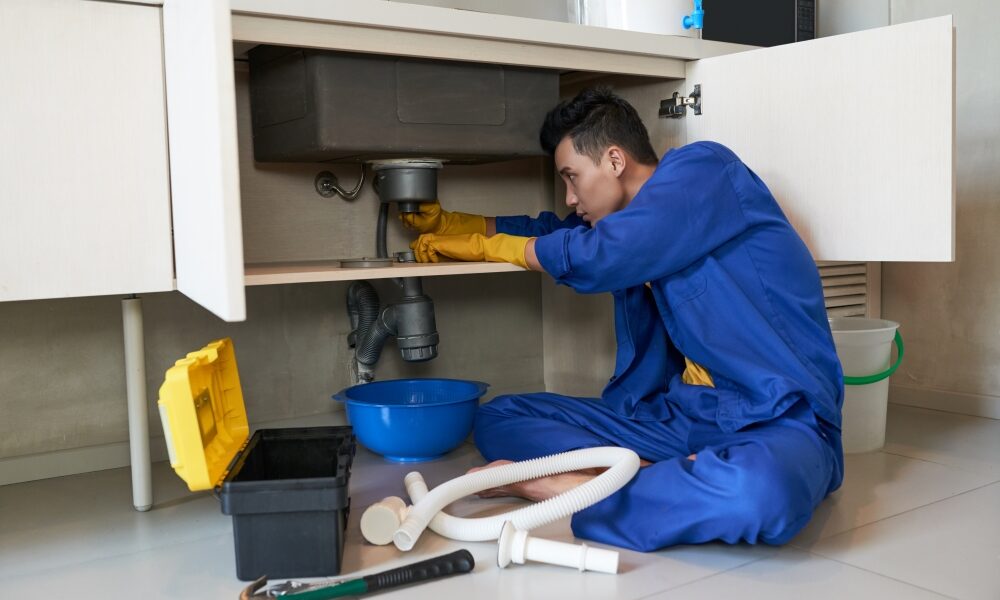The effects of climate change are being felt across many sectors, and the plumbing industry is no exception. Rising temperatures, more extreme weather events, and changing rainfall patterns are all putting additional strain on our plumbing systems. As plumbers, we need to be aware of these impacts to adapt and ensure plumbing infrastructure remains reliable into the future.
One major effect of climate change is an increased frequency of flooding from storms and sea level rise. Heavy rains overwhelm drainage systems, causing water to back into buildings through pipes and drains. Coastal areas also face rising groundwater levels and storm surges which are plumbing systems. This leads to corrosion and contamination issues. Plumbers may need to install backflow prevention devices and waterproof key elements of plumbing systems to mitigate flood damage.
Prolonged droughts in some areas also impact plumbing. With less water available from traditional sources, there is increased stress on supply infrastructure like reservoirs and water mains. Water restrictions may be implemented, requiring modifications to plumbing fixtures and appliances to improve efficiency. Drought also causes soil movement which puts pressure on buried pipes, leading to leaks and breaks.
Higher average temperatures also create plumber Bondi Junction challenges. In hotter climates, increased cooling demands strain water supplies and sewer systems. Pipes also overheat more easily, causing thermal expansion issues and premature failures. Plumbers recommend heat-resistant materials and increased pipe sizes to handle higher temperatures. Extreme weather events like storms, floods, and blizzards directly damage plumbing components through high winds and debris. Freezing temperatures lead to burst pipes. Plumbers need to be prepared for more frequent repairs and maintenance under these harsher conditions. To address these climate impacts, plumbers implement solutions such as:
- Installing backflow preventers and water pressure regulators to protect plumbing systems from flooding.
- Using more durable and corrosion-resistant materials such as PEX for pipes in areas prone to ground movement or saltwater intrusion.
- Increasing drainage capacity with sump pumps and French drains to prevent water accumulation.
- Insulating pipes properly to avoid freezing in extreme cold and overheating in extreme heat.
- Designing plumbing systems to minimize linear footage of piping which reduces leak risks.
- Recommending pressure-assisted and low-flow toilets, faucets, and showerheads to customers to reduce water waste.
- Testing pipes for leaks and making repairs to prevent water loss and contamination.
- Implementing greywater recycling systems to reduce freshwater demand.
- Using trenchless pipe relining rather than excavation and replacement for upgrades to save time and money.
Many of these solutions also provide sustainability benefits by reducing water usage and energy demands over the lifetime of plumbing systems. Promoting green infrastructure policies in local building codes encourages the implementation of these climate-resilient designs.
Climate change presents complex issues, but also opportunities to rethink and transform plumbing infrastructure to be more robust, efficient, and environmentally friendly. Plumbing professionals play an important role in assessing climate impacts and risks to help communities upgrade and adapt plumbing systems. With proactive solutions, the plumbing industry can overcome climate-related issues and continue providing essential services.





